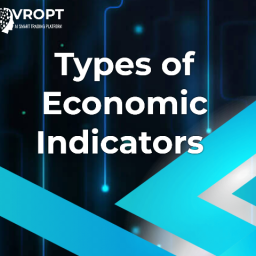
Option Trading
Option trading involves buying and selling options contracts, which give the holder the right (but not the obligation) to buy or sell an asset (such as stocks) at a predetermined price (strike price) within a specific time frame. It’s a way to speculate on the price movement of an asset or hedge against potential losses.
Key Terms in Options Trading:
- Call Option: Gives the buyer the right to buy the asset at the strike price.
- Put Option: Gives the buyer the right to sell the asset at the strike price.
- Premium: The price you pay to buy an options contract.
- Strike Price: The price at which the asset can be bought or sold.
- Expiration Date: The date by which the option must be exercised or it expires worthless.
- In-the-Money (ITM): When the option has intrinsic value (e.g., stock price is above the strike price for a call option).
- Out-of-the-Money (OTM): When the option has no intrinsic value.
How to Trade Options:
- Understand the Basics:
- Learn the terminology and mechanics of how options work.
- Study the risks and rewards of trading options.
- Set Up a Brokerage Account:
- Open an account with a brokerage that offers options trading, you may need to apply for options trading and meet certain qualifications.
- Analyze the Market:
- Use fundamental and technical analysis to predict the price movement of the underlying asset. Keep an eye on market news and trends.
- VROPT platform’s unique advantage lies in its intuitive dashboard, where tedious financial analysis becomes a thing of the past. Instantly access comprehensive insights, charts, AI opinions, indicators, and news all on one page.
- Execute the Trade:
- Select the type of option (call or put), strike price, expiration date, and quantity.
- Place your order through your brokerage platform.
- Monitor and Manage Your Trade:
- Track your option’s performance and decide when to sell, exercise, or let it expire.
- Set stop-loss orders to limit losses if needed.
Risks in Options Trading:
- Loss of Premium: If the option expires worthless, you lose the premium paid.
- High Volatility: Options prices can be highly volatile, leading to significant gains or losses.
- Time Decay: Options lose value as they approach the expiration date.
- Leverage Risk: While leverage can amplify gains, it can also magnify losses.
Tips for Beginners:
- Start with paper trading to practice without real money.
- Begin with simple strategies like buying calls or puts.
- Limit your investment to an amount you can afford to lose.
- Educate yourself continuously—read books, take courses, and follow market updates.









